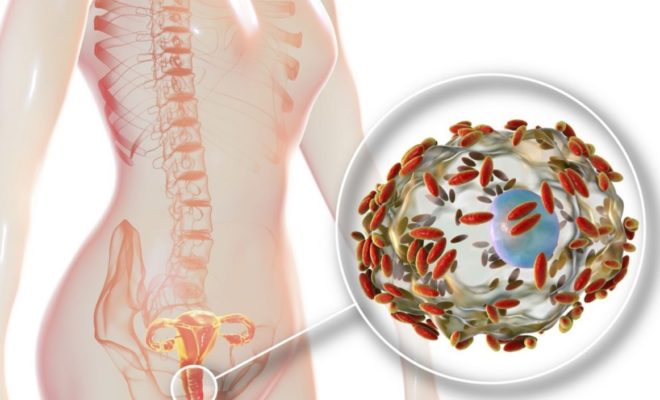
How to Tell if It’s Bacterial Vaginosis or an STD
You’ve taken the proper precautions, used protection while having sex, ensured your partners were clean and generally taken all the right steps to keep your vaginal health in line as a sexually active individual. Why, then, are you still getting that itching, burning sensation? While there’s always a chance of contracting an STD, there’s another even more common reason you may be experiencing symptoms like burning, itching and discharge: bacterial vaginosis. BV cases are easily preventable in most cases and, unlike STDs, may even go away on their own over time. The trick is finding out which issue you’re dealing with so you can take the appropriate measures to ensure vaginal health.
Differences Between BV and an STD
An STD is a disease that is transferred from one person to the next via sexual intercourse. The list of common STDs includes things such as HIV, AIDs, gonorrhea and herpes. While BV may exhibit many of the same symptoms as some of these common STDs, it is not classified as one in and of itself. This is because BV is not a disease, and isn’t transferred from one person to the next via sexual contact. Rather, it’s an imbalance of the “good” and “bad” bacteria inside the vagina, which leads to symptoms such as:
- Redness
- Itching
- Thin white/gray discharge
- Strong odor
Bacterial vaginosis is not dangerous in and of itself, but it can be a complication for sexually active individuals because it increases the chances of contracting an STD. Furthermore, unlike an STD, BV is preventable with the use of the best probiotics for BV.
Which One Do You Have?
The truth of the matter is, it’s difficult to tell with certainty if you have an STD or a simple case of BV without a doctor’s intervention. Many of the symptoms are so similar that they could be easily misconstrued by an untrained eye, and while BV may clear up on its own occasionally, an STD requires medical attention as soon as possible, which is why misdiagnosing could be dangerous. The best way to diagnose your problem is to visit your healthcare provider.
The diagnosis process is a simple one. Simply discuss your symptoms with your doctor. When you head into the office, a sample of your vaginal fluid will be taken and tested in the lab or office. You’ll receive your results and get the treatment that’s appropriate for your diagnosis.
Prevention is Key
The best way to narrow down the possible causes of your symptoms is to invest in a good source of prevention. Ask your doctor for tips on how to prevent bacterial vaginosis and begin taking a daily supplement that restores the balance of bacteria in this sensitive part of your body. By eliminating this cause of symptoms, when you happen to encounter itching, burning or other irritating symptoms, you’ll have a better idea of the cause and how to approach treatment.
Your vaginal health should always be a priority, especially when you’re sexually active. Take the initiative to keep BV at bay and reduce the likelihood of contracting STDs from your partners, and always seek out a professional diagnosis if you’re noticing anything out of the ordinary.


You must be logged in to post a comment Login